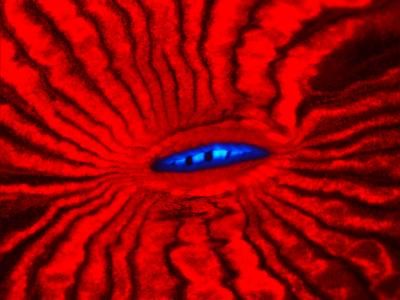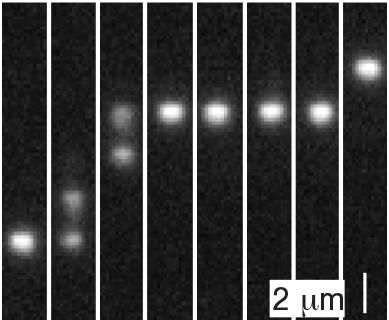Scientists unveil mechanism for ‘up and down’ in plants
VIB researchers at Ghent University discovered how the transport of an important plant hormone is organized in a way that the plant knows in which direction its roots and leaves have to grow. They discovered how the needed transport protein turns up at the underside of plant cells. The discovery helps us to understand how plants grow, and how they organize themselves in order to grow. The scientific journal Nature published the news in advance on its website.
It is known for a long time that the plant hormone auxin is transmitted from the top to the bottom of a plant, and that the local concentration of auxin is important for the growth direction of stems, the growth of roots, the sprouting of shoots. To name a few things; auxin is also relevant to, for instance, the ripening of fruit, the clinging of climbers and a series of other processes. Thousands of researchers try to understand the different roles of auxin.
In many instances the distribution of auxin in the plant plays a key role, and thus the transport from cell to cell. At the bottom of plant cells, so-called PIN proteins are located on the cell membrane, helping auxin to flow through to the lower cell. However, no one thoroughly understood why the PIN proteins only showed up at the bottom of a cell.
An international group of scientists from labs in five countries, headed by Jirí Friml of the VIB-department Plant Systems Biology at Ghent University, revealed a rather unusual mechanism. PIN proteins are made in the protein factories of the cell and are transported all over the cell membrane. Subsequently they are engulfed by the cell membrane, a process called endocytosis. The invagination closes to a vesicle, disconnects and moves back into the cell. Thus the PIN proteins are recycled and subsequently transported to the bottom of the cell, where they are again incorporated in the cell membrane. It is unclear why plants use such a complex mechanism, but a plausible explanation is this mechanism enables a quick reaction when plant cells feel a change of direction of gravity, giving them a new ‘underside’.
To see the path of the protein, the researchers used gene technology to make cells in which the PIN protein was linked to fluorescent proteins. Subsequently they produced cells in which the endocytosis was disrupted in two different ways. The PIN proteins showed up all over the cell membrane. When the researchers proceeded from single cells to plant embryos, the embryos developed deformations, because the pattern of auxin concentrations in the embryo was distorted. When these plants with disrupted endocytosis grew further, roots developed where the first leaflet should have been.
Other news from the department science

Get the life science industry in your inbox
By submitting this form you agree that LUMITOS AG will send you the newsletter(s) selected above by email. Your data will not be passed on to third parties. Your data will be stored and processed in accordance with our data protection regulations. LUMITOS may contact you by email for the purpose of advertising or market and opinion surveys. You can revoke your consent at any time without giving reasons to LUMITOS AG, Ernst-Augustin-Str. 2, 12489 Berlin, Germany or by e-mail at revoke@lumitos.com with effect for the future. In addition, each email contains a link to unsubscribe from the corresponding newsletter.



















































